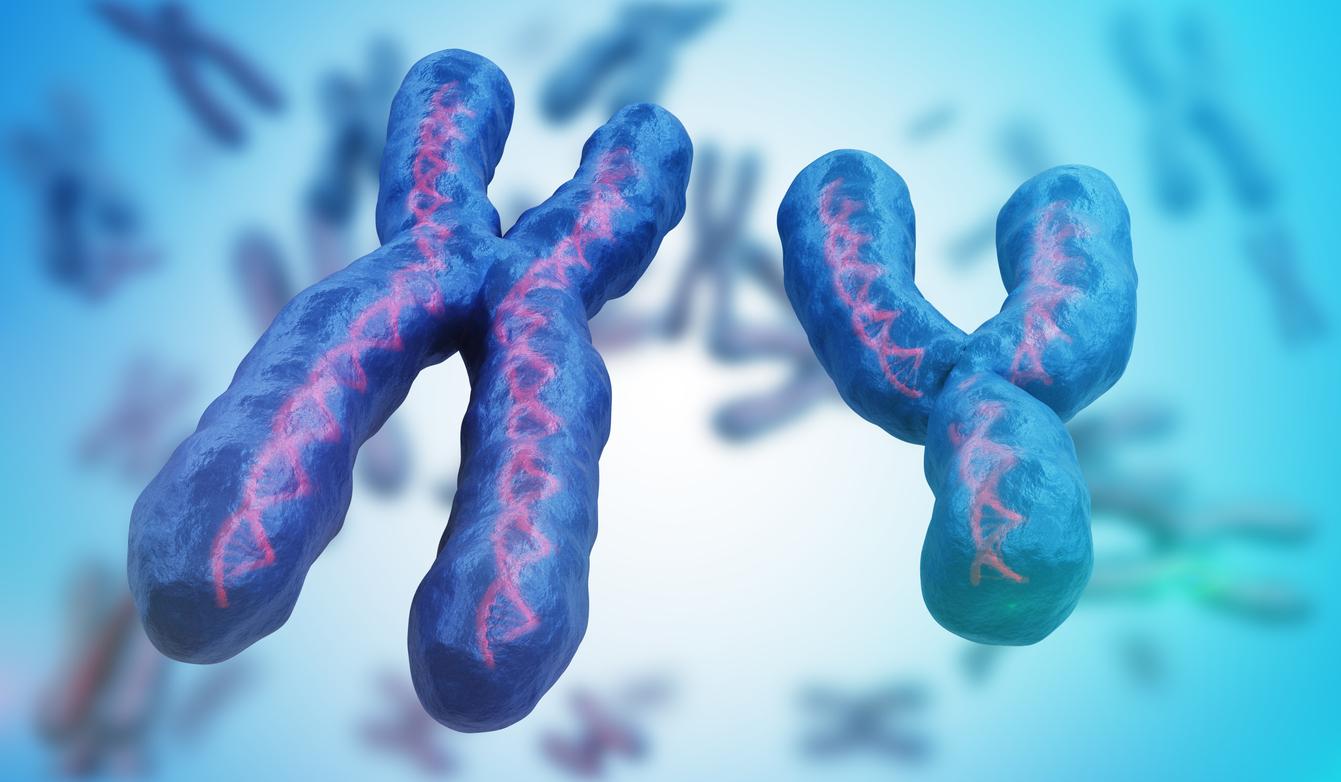American scientists establish a link between autism spectrum disorders (ASD) and flame retardants. Based on their research on mice, prolonged exposure to these chemicals appears to promote the development of ASD-specific traits.

- The offspring of mice exposed to polybrominated diphenyl ethers (PBDEs), substances classified as potential endocrine disruptors, exhibit traits characteristic of autism spectrum disorders (ASD).
- PBDEs could, for example, cause repetitive behaviors in rodents, as well as olfactory disturbances, which impairs their social skills.
Additives found in many everyday products such as clothing or household appliances, polybrominated diphenyl ethers (PBDEs), more commonly known as “flame retardants” can harm our health. The scientific literature has shown in particular that PBDEs can affect fertility.
And according to a new US study, they may also be linked to autism-like behavior. This research carried out by researchers from the University of California Riverside (UCR) has established a link between exposure to PBDEs and brain changes in the offspring of female mice.
Specifically, the scientists found that when rodents pass these chemicals on to their offspring, the offspring are more likely to exhibit traits characteristic of autism spectrum disorder (ASD). Substances that disrupt the neuroendocrine system, PBDEs could, for example, cause repetitive behaviors in rodents. Or even olfactory disorders which in the case of animals often lead to an alteration of the “social smell”.
“The offspring of mother mice exposed to PBDEs had olfactory deficits that reduced their ability to recognize other mice. Indeed, these offspring do not distinguish new mice from familiar mice. Humans with ASD also exhibit abnormal olfactory abilities “explains Margarita Curras-Collazo, professor of neuroscience who led the study published in the journal Archives of Toxicology.
Oxytocin disrupted by PBDE exposure
The scientists behind this research exposed the mother mice orally to PBDEs. The baby mice were exposed to flame retardants during the period of gestation, then that of lactation. The changes observed in the female offspring mice in adulthood as well as those in the brains of the young mice were then analyzed.
The authors of the work found that the gene expression of oxytocin (involved in social recognition memory) was subject to modification, like other genes associated with prosocial behaviors.
“This shows that developmental PBDE exposure produces ASD-relevant neurochemical, olfactory, and social behavior traits in adult female offspring, which may result from early neurodevelopmental reprogramming in central social and memory neural networks. “concludes Elena Kozlova, a neuroscience student at UCR and co-author of the study.

.

















